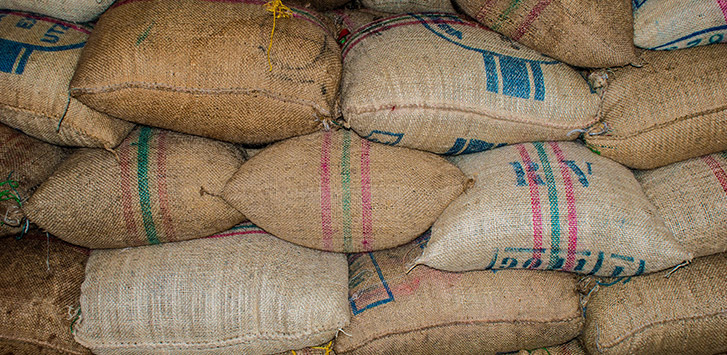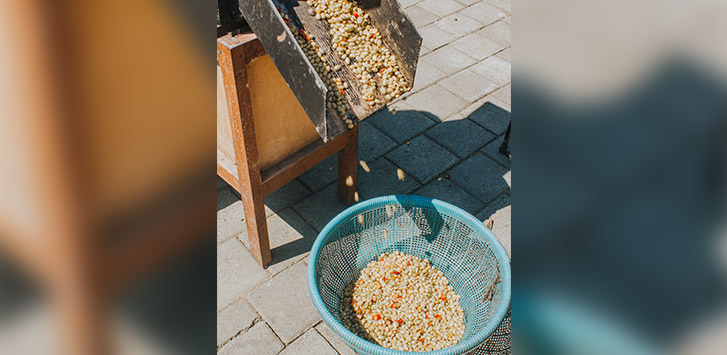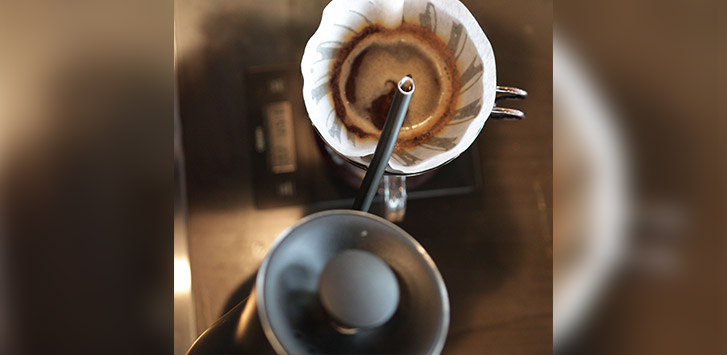To start, we need to address the elephant in the room: the Congo has a lot of political tension right now.
What exactly does this mean for coffee connoisseurs? Well, it means that coffee exports are relatively uncertain at the moment.
Buying beans can mean wait times of over a month.
If you know where to look, you should be able to find that Congolese flavor you’re looking for.
Growing Regions
Coffee in the Congo is primarily grown in the Kivu region. Within this region, there are three provinces: Maniema, Sud-Kivu (South Kivu), and Nord-Kivu (North Kivu).
The Kivu region also contains the Kahuzi-Biega National Park, a section of Maiko National Park, and the Ruwenzori Mountains. These unique landscapes—including volcanoes, lakes, and massive elevation (4600 – 6550 feet)—create the perfect environment for something special.

Coffee Industry
Because of the political turmoil, it isn't uncommon for coffee to be smuggled from the Democratic Republic of Congo to Rwanda or Uganda. And when it's not smuggled, it's sold to these neighboring countries. Congolese coffee farmers make up to 15% more when they sell to Rwanda and Uganda because of reduced labor costs. All of this combined makes exporting coffee from the Congo rather difficult.
Fortunately, there are some large investments being made to improve the coffee industry's future. Hopefully, the supply chain will be able to keep up with the supply and demand in the future.

Congo Coffee Beans Flavor Profile
Congolese coffee is in an unfortunate position: the flavor is much better than the availability. This coffee is rare in coffee shops. To enjoy it, you typically have to purchase and roast it on your own.
But it’s worth it.
This bean is defined by its versatility. The flavor notes are a mix of strawberry, red apple, and honey, with a sweet and chocolatey aroma. And the brew is full bodied with citric acidity.
The Congo produces both robusta and arabica coffee beans, so make sure to check the description of the beans before buying. Arabica is a higher quality, more flavorful bean.
This coffee really shines as a single-origin brew. This way you can appreciate the full complexity and delicious tasting notes of the beans.
One of our favorite DR of Congo coffee beans is the Organic Mapendo from the South Kivu region. With cupping notes of strawberries, red apple, and honey, this coffee has a prominent acidity, delightful aroma, and rich complexity.
Grown on a woman-owned coffee farm, this washed coffee bean has been Fair Trade Organic certified since 2009. Most enjoy this as a medium or dark roast.

Brewing Tips
Regarding brewing, it’s worth noting that robusta can be rather bitter. If you prefer to take the edge off, use more water when brewing. For this reason, we recommend doing a pour-over style brew. This will give you full control of the water to bean ratio, while letting the coffee fully develop.
Ultimately, though, brewing is up to personal preference. The unique flavors can shine in a light roast or you can roast it longer to mellow some of that acidity.
If you’re not sure where to start, we rounded up some of the best brewing methods to help. Let us know which one you like the most!
Conclusion
Congolese coffee is special. It just is. Whether the flavor is a favorite of yours or you prefer something else, this coffee offers something unique.
Do yourself a favor and give it a try next time you see it pop up on a menu. Or order some beans and experiment to see how you like it best. There’s a whole world of flavor out there waiting for you.